Milwaukee, Wisconsin, has a rich history of urban development that reflects the broader trends in American urbanization. The city’s growth and transformation can be traced through various phases, including its early settlement, industrialization, suburbanization, and recent efforts at revitalization. Here is an overview of key periods in Milwaukee’s urban development:
- Early Settlement (19th Century):
- Milwaukee’s history dates back to the mid-19th century when it was inhabited by Native American tribes, including the Menominee and Potawatomi.
- The city’s growth accelerated with the arrival of European settlers, particularly German immigrants, in the 1830s and 1840s.
- The development of Milwaukee’s harbor played a crucial role in facilitating trade and commerce, contributing to the city’s economic expansion.
- Industrialization and Economic Boom:
- In the late 19th century, Milwaukee experienced significant industrialization, driven by industries like brewing, manufacturing, and tanning.
- The city’s population surged as a result of immigration and the influx of labor for the growing industries.
- Architectural landmarks from this period, such as the Pabst Mansion, reflect the prosperity and grandeur of the time.
- Post-World War II Suburbanization:
- Like many American cities, Milwaukee experienced suburbanization in the post-World War II era.
- The availability of automobiles and the development of a highway system led to the outward expansion of the city.
- Suburban growth resulted in the decline of some inner-city neighborhoods as residents and businesses moved to the suburbs.
- Deindustrialization and Urban Challenges (Late 20th Century):
- The latter half of the 20th century brought challenges to Milwaukee, as deindustrialization led to the closure of many factories.
- The city faced issues of economic decline, population loss, and urban decay during this period.
- Some neighborhoods struggled with poverty, crime, and a deteriorating urban infrastructure.
- Revitalization Efforts (Late 20th Century to Present):
- In recent decades, Milwaukee has witnessed efforts to revitalize its urban core and address the challenges of previous years.
- Redevelopment projects, cultural initiatives, and investments in infrastructure have aimed to rejuvenate the downtown area.
- The revitalization includes the redevelopment of the Historic Third Ward, the construction of the Milwaukee Riverwalk, and the growth of cultural attractions like the Milwaukee Art Museum.
- Cultural and Economic Renaissance:
- Milwaukee has experienced a cultural and economic renaissance, with a focus on the arts, technology, and sustainability.
- The city has seen the development of new residential and commercial spaces, as well as investments in public transportation and green spaces.
- The Fiserv Forum, a modern sports and entertainment arena, stands as a symbol of Milwaukee’s commitment to growth and urban development.
Understanding Milwaukee’s history of urban development provides insights into the challenges and successes that have shaped the city over the years. Today, Milwaukee continues to evolve as it seeks to balance its historic legacy with the demands of a modern, dynamic urban environment.

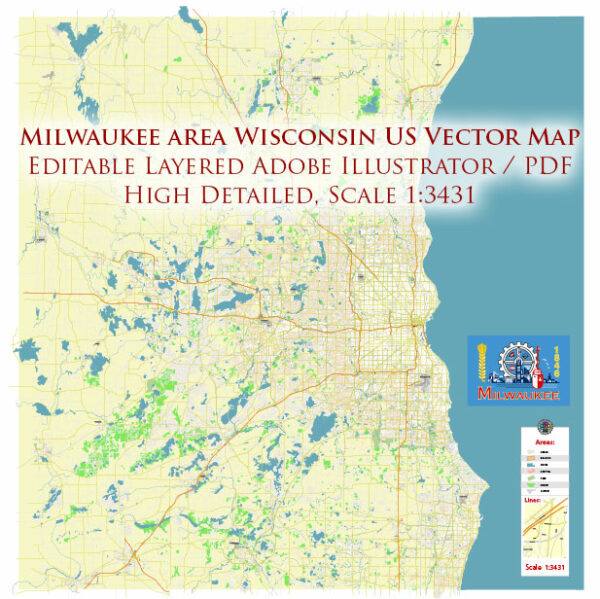
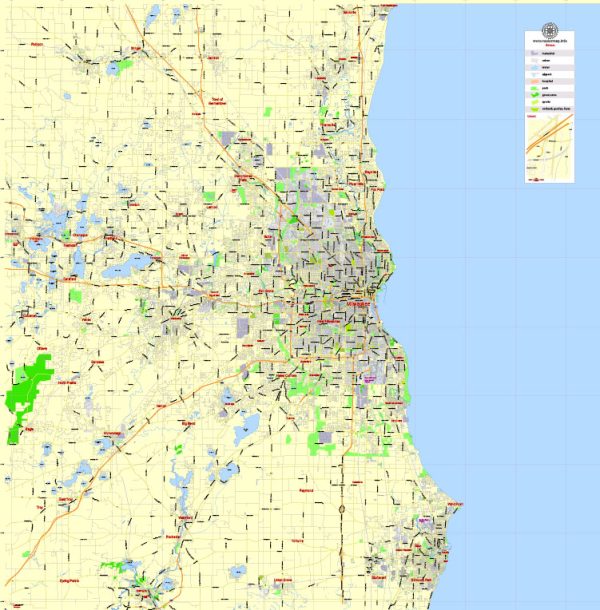
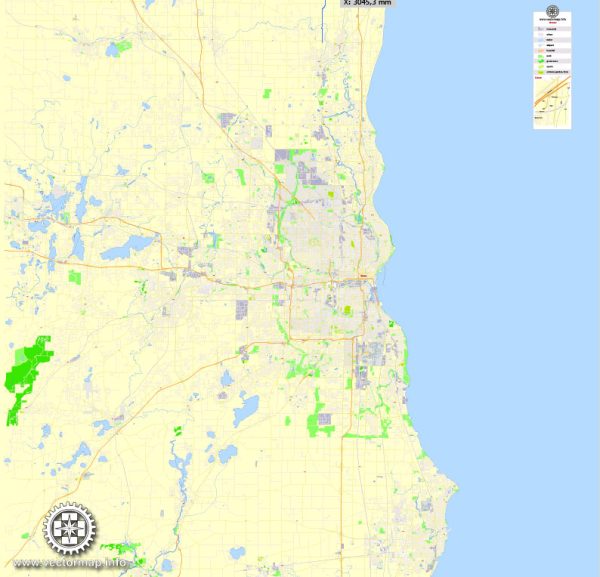
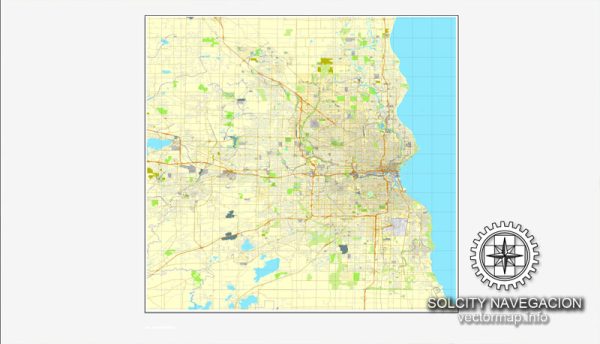
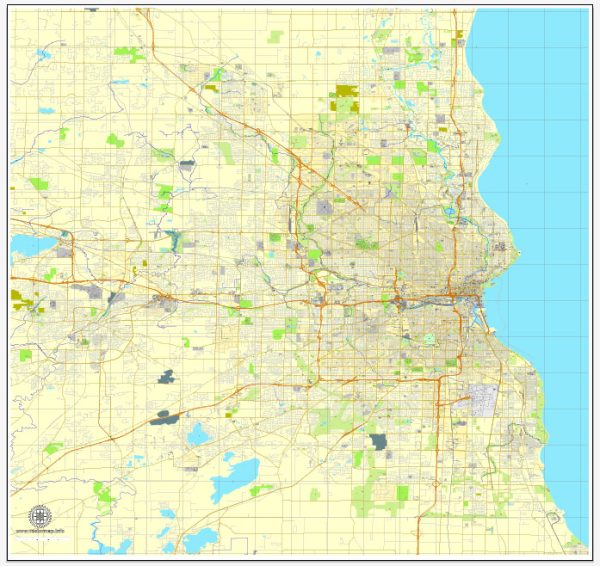
 Author: Kirill Shrayber, Ph.D.
Author: Kirill Shrayber, Ph.D.